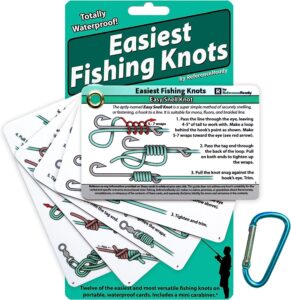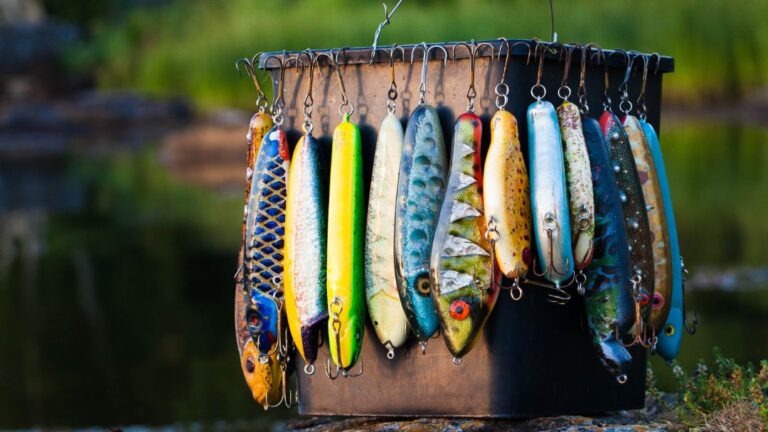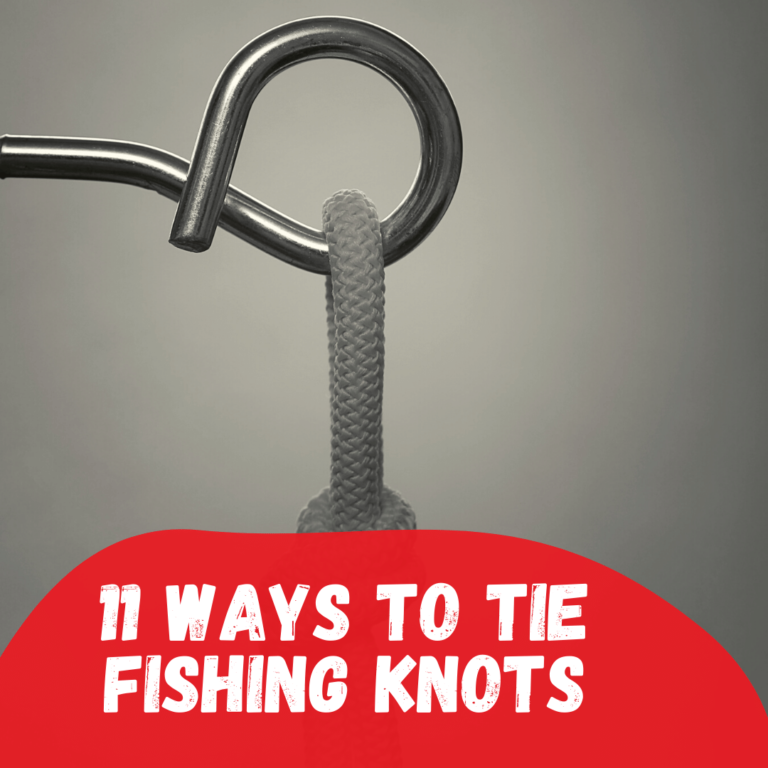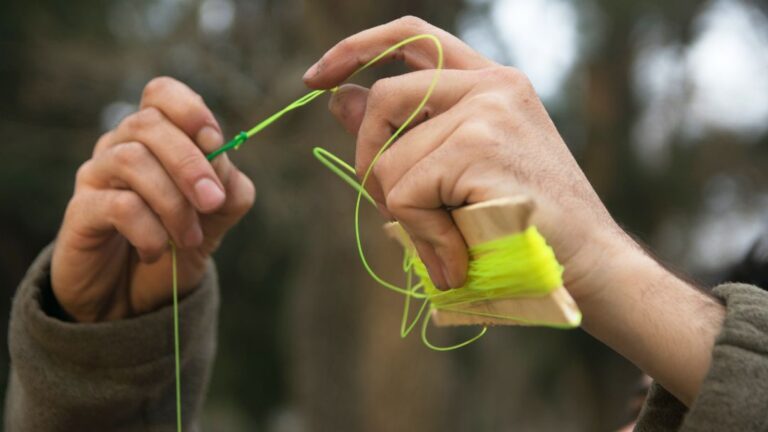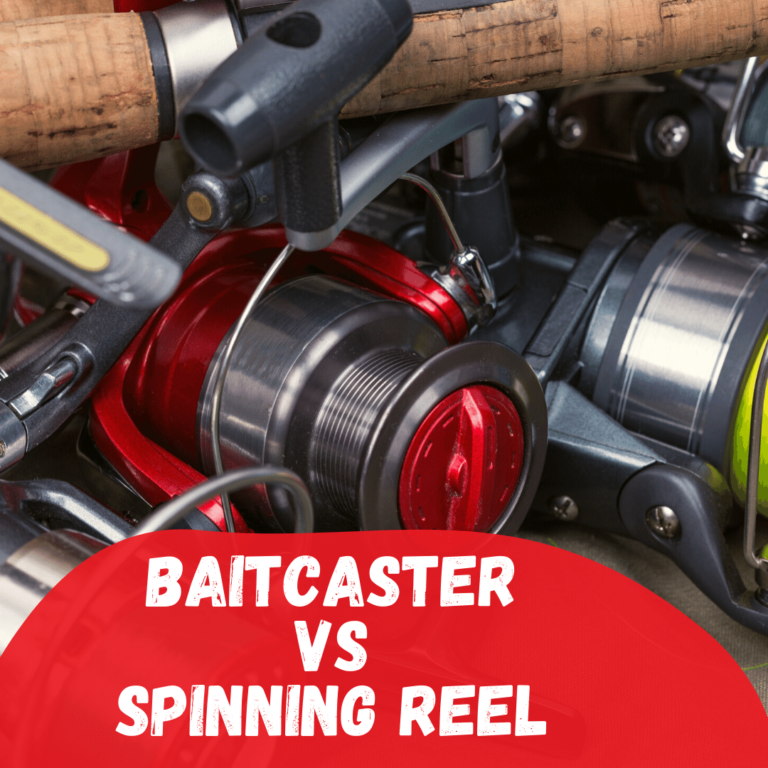How much line to put on a spinning reel
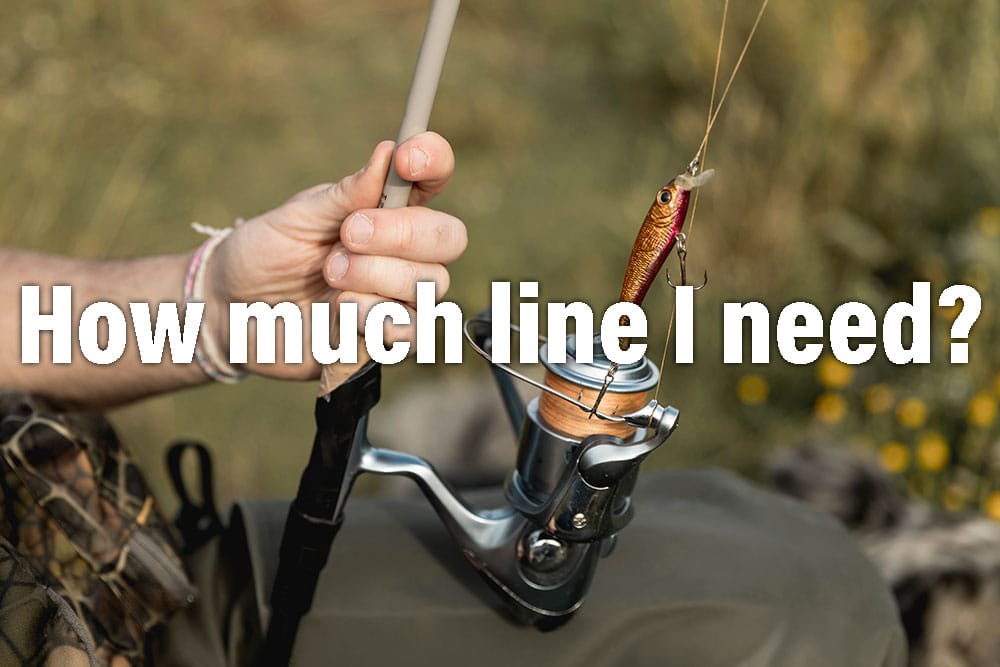
Maintain your enjoyment in the water by putting in the right amount of fishing line.
You’re ready to go in the water to spend the day doing what you love best: fishing. Are you sure you’ve got everything you need to secure an enjoyable experience? The best and easiest way to do that is by properly maintaining your fishing gear. That entails keeping your fishing line in top condition so it can work as it should. Keep in mind that putting the right amount of line on your fishing reel and knowing the proper way to replace it when it starts to weaken (so it doesn’t break) is a must.
When it comes to choosing a fishing reel, the recommendation is that you choose the one that’s going to better adapt to the kind of fishing you’re doing. Among anglers, the most popular one is the spinning reel. This particular design of the fishing reel is very popular (especially if you’re a beginner).
Reasons anglers choose the spinning reel
- It’s easier to use. The open-face design means that you’re going to experience fewer problems when casting your line.
- You’ll have a pleasant feeling while fishing because the reel hangs underneath the rod.
- It has more line capacity.
- It comes with an additional spool. This allows your line to flow more freely on the cast. You’ll be able to change your line while fishing, which is convenient.
Take into consideration that the line and tackle use in the spinning reel is smaller than the ones used in other fishing reels, and due to this, the components have a tendency to wear quickly. You’ll need to replace it frequently so knowing how to replace it correctly on the spool is very important.
Types of fishing line
Before I tell how much line to put on your spinning reel (or what is the right amount to use), you need to know that there are four types of fishing lines that you could use. What type of line you’ll use will depend on your needs regarding filling and avoiding wind knots.
- Traditionally, this is the type of line most anglers use. Made of nylon polymer strands, this line is one of the cheapest. It has to be replaced at least once during a season because it weakens with the long exposure to the sun.
- Braided line. This line is famous; it’s made of various materials from two or more strands. This allows for a more durable line so you won’t need to replace it every season, you can replace it (if you want good results) once every couple of seasons.
- This fishing line is an upgrade to the monofilament one. This version is made from two types of nylon polymers instead of one.
- The line most recently developed, it is made of stronger materials than the monofilament one, so (like the Braided Line), It will last longer.
As I mentioned before, it is crucial to replace the fishing line so you can have a pleasant experience. Even if your fishing is occasional, your line needs to be replaced. Keep tabs on the length of time it has been on your spool and be sure to look for these signs. You need to replace it if:
- The materials fade of becoming discolored over time
- The line loses flexibility or becomes brittle
- When your line has lost its ability to stretch
- When, upon visual and finger examination, you notice frays in your line
How many lines do you need to put on your spinning reel?
First, do you know how to spool or re-spool a spinning reel? If you don’t, I highly recommend that you learn because it’ll not only save you money, it will allow you to change the line while you’re in the water (if the need arises).
When deciding how many lines to put on your spinning reel, you’ll have to consider two things: the size of your fishing reel and the type of line you want to use. Usually, if you look at your fishing reel, you’ll be able to know the type of line and weight it can hold. A general rule of thumb would be to put or add, at a maximum, fishing line up to 1/8-inch from the edge of the spool. Some even say that you should stop adding when you’re ¼-inches, which leaves a little bit more space, making it even better.
As you’re adding the line, don’t forget to keep it evenly tightened and as you load it, keep the feed across the spool surface evenly too.
Now, most rods’ recommendation is to put 200 yards of line, the thing is that most lines are not sold with that length. They are sold in 150 or 300-yard spools and that transfers the problem to you. So, what can you do to remedy this situation? Use first a filler line.

How would you know if you used too much line?
The recommendation of the 200-yard line may not be suitable for your spinning reel, so in general, the best thing you can do to not put too much line is to keep the line below the lip. Avoid problems when casting your line by making sure your line doesn’t extend over the lip.
What problems can you experience when putting too much line?
Using too much line will ensure your problems like having to stop midway on your fishing experience to fix what’s not functioning. The most annoying trouble you can encounter is wind knots; you know those knots or tangles in the wind. The fishing lines most probable to get wind knots are the braided lines.
Other problems caused by putting on too much line in your spinning reel include:
- The line can slip off the reel very easily, even when you’re not using the rod and the reel.
- When casting, the line could come off the reel to quickly causing a tangle in the eyelets, this will shorten your casting distance or could snap your line.
- It increases the twists in your fishing line causing issues in your casting distance and in the reloading of the spool during retrieval.
You can visit our other post: 10 Ways To Avoid Line Snags While Fishing
Check out below video on How much line to put on a spinning reel
Final Words:
One sure way to guarantee to land that fish in your hook is to put the right amount of fishing line on your spinning reel. Take care not to overfill your reel, stop before reaching the lip and get ready to have a fantastic experience casting your line


